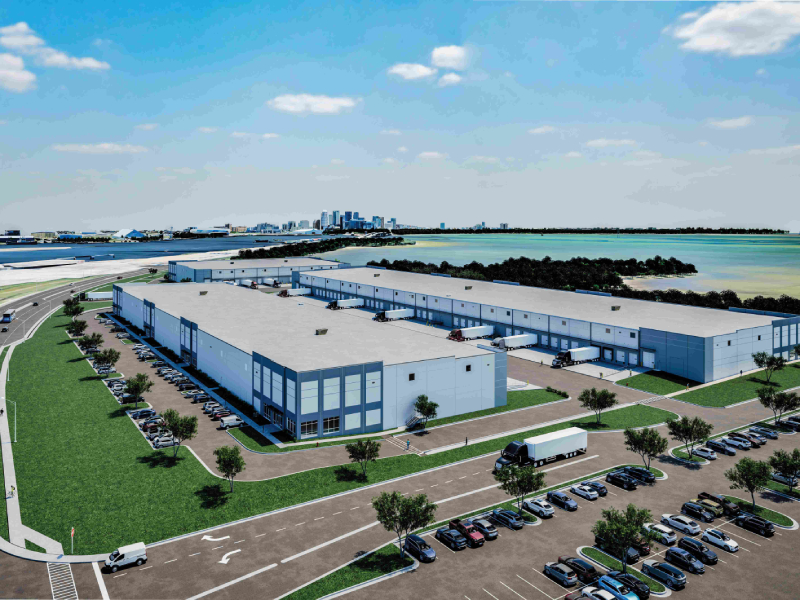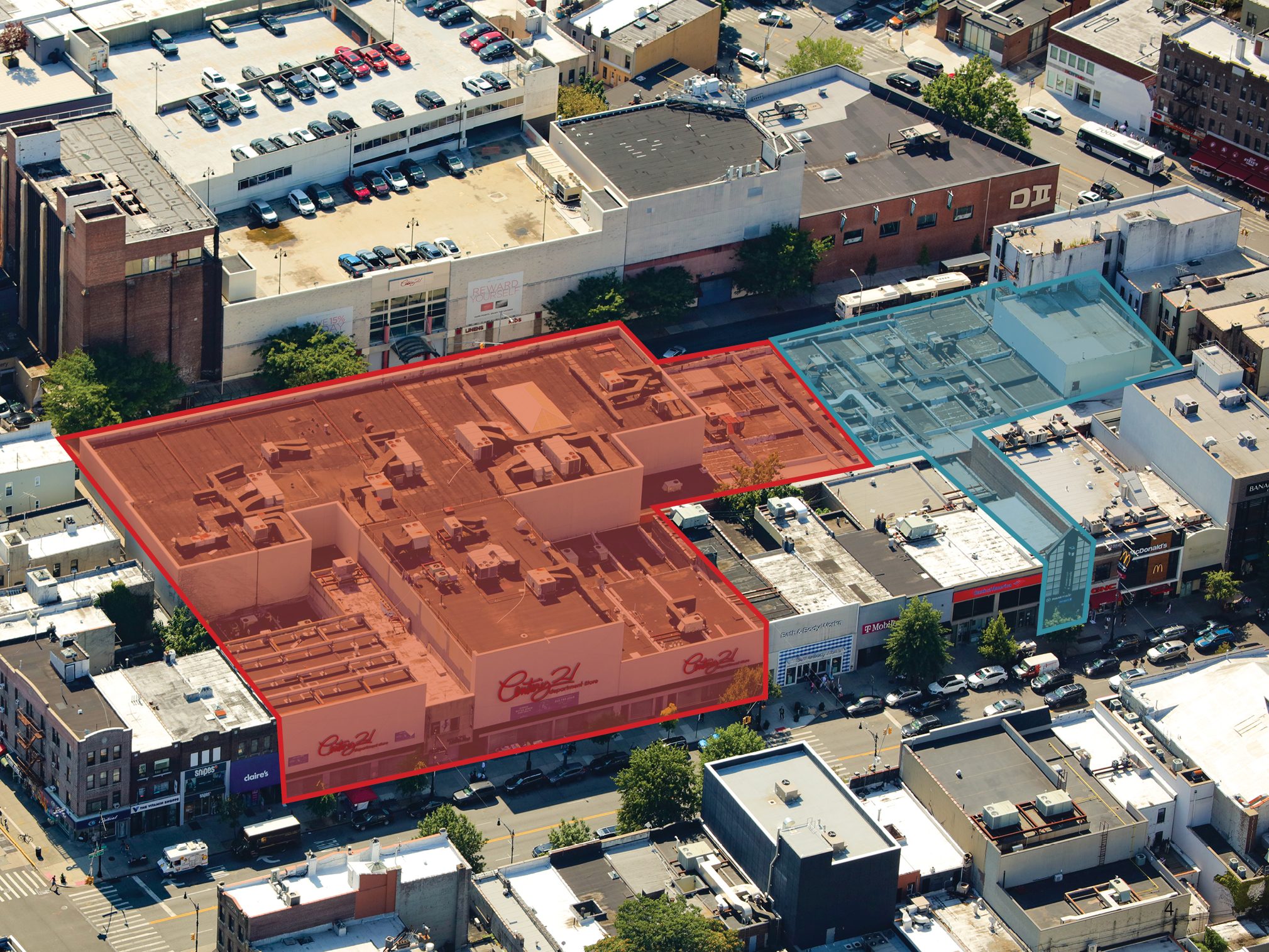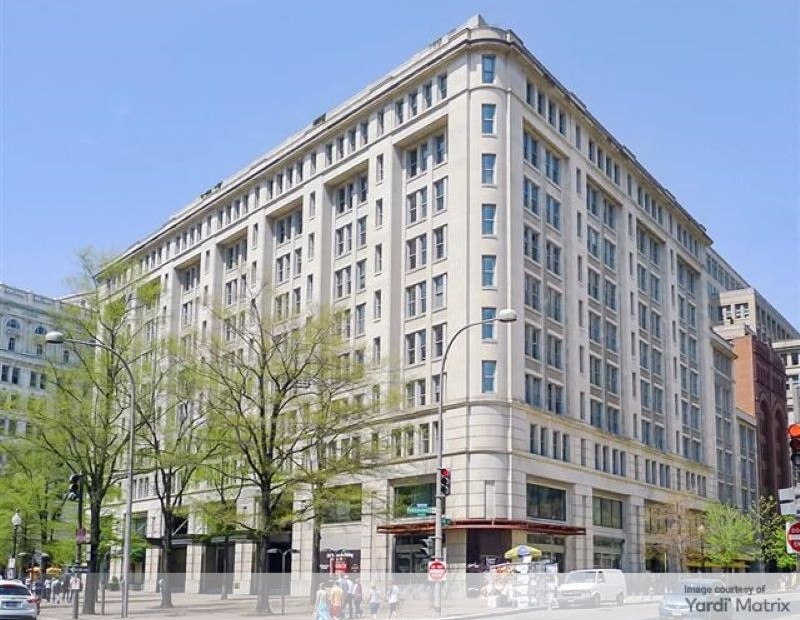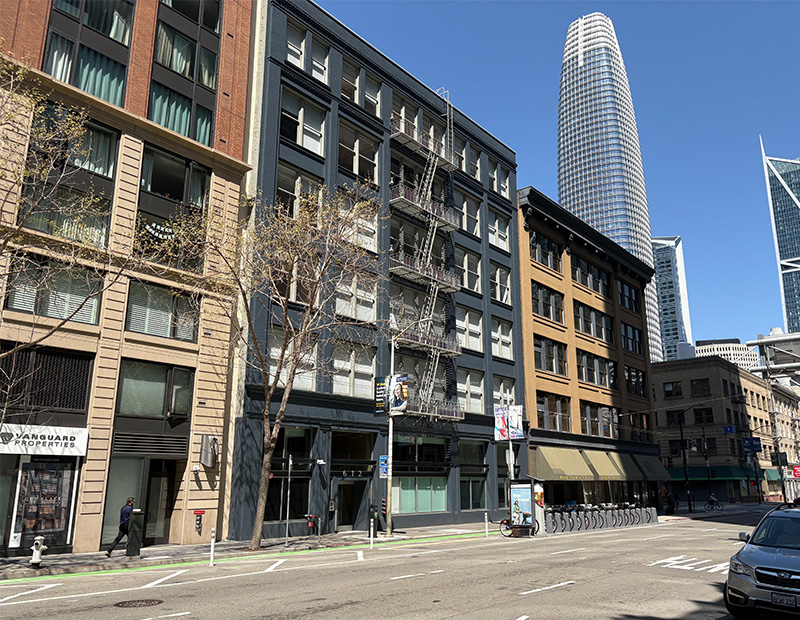Office Report: Maturities Rise as Vacancies Intensify
Here’s what’s throwing the sector off balance, according to the latest Yardi Matrix report.
Unfavorable conditions continue in the office sector as high vacancies, weak office-using employment growth and uncertain economic climate have created unease in the industry, according to the latest Yardi Matrix national office report.

Within this context, office loan defaults and delinquencies are increasing, with billions of dollars in loans nearing maturity in the country.
There are currently 14,000 properties with loans that will mature soon or by the end of 2027, representing 33 percent of all office loans in the country, or a total of $290 billion, Yardi Matrix data shows. Additionally, 61 percent of loans due in 2027 originated before 2020. For context, Atlanta is the metro with the highest percentage of maturing loans, at 50.5 percent and valued at over $11 billion.
As office demand and incomes dropped after Covid, these office properties’ values also fell, leaving owners with few options for securing new financing. Borrowers and lenders are likely to reconsider their options for some of these assets, especially with the CMBS delinquency rate rising to 11.1 percent in June, pushing lenders to be hesitant in approving loan extensions.
Office sales totaled $23 billion as of June, with properties changing ownership at $189 per square foot. Office average sale prices held steady but properties still traded at considerable price cuts. Combined with the rise in maturities, discount deals are set to increase while office-to-residential conversions may become the preferred choice for owners.
READ ALSO: 2025 CMBS Delinquency Rates
The national office vacancy rate stood at 19.4 percent as of June—unchanged from the previous month and marking a 130-basis-point increase from the same time in 2024. High vacancies continue to hit almost all markets, with Austin (500 basis points), Detroit (460 basis points) and the Bay Area (420 basis points) experiencing the most significant increases year-over-year. However, there are some office markets highlighting a few signs of optimism. Manhattan is one of them, with a vacancy rate of 15.2 percent, representing a 130-basis-point decrease. Miami followed with a 14.3 percent rate—the lowest figure across the top 25 U.S. office markets.
National in-place rents averaged $32.87 per square foot in June, 28 cents down from the previous month and representing a 3.8 percent year-over-year increase. Some of the markets with the highest jumps in average in-place rents were Phoenix (4.3 percent) and Washington, D.C. (3.9 percent), while Houston recorded a 4.5 percent year-over-year decline in rents.
Development diminishes as construction starts crumble
The national office under-construction pipeline comprised 40.9 million square feet as of June, representing 0.6 percent of stock. With demand for office space falling, construction starts included only 6.5 million square feet during the first half of 2025—an unprecedented low level when compared to previous years and a potential indicator of a lasting shift in office development.
The long-term effects of the pandemic spread to the life sciences sector too. With a boom in development in recent years, the sector is now struggling with oversupply as owners with big properties now completed have trouble finding tenants. A market where this effect is evident is San Diego, where lab space vacancies are expected to rise as the metro has two thirds of its active pipeline in the life science sector.
Read the full Yardi Matrix office report.







You must be logged in to post a comment.